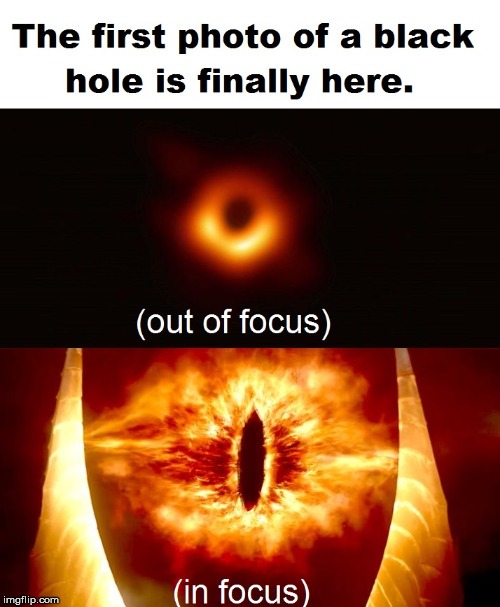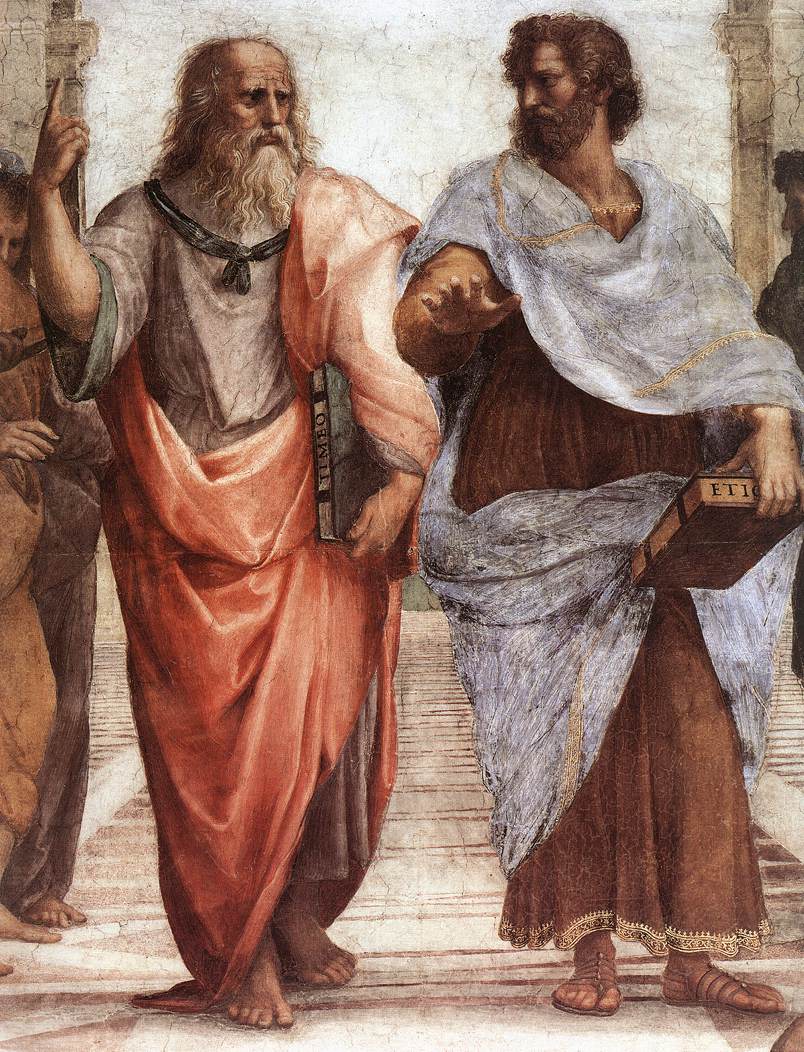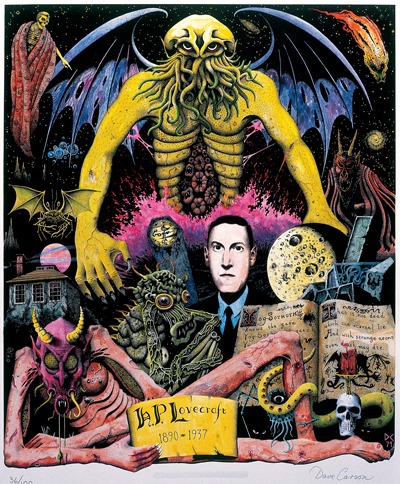The unanimous testimony of mankind is said to be an irrefutable proof of truth; and about what was ever testimony more unanimous than that for thousands of ages among civilized people as among the most barbarous, there has existed a firm and unwavering belief in magic? The latter implies a contravention of the laws of nature only in the minds of the ignorant; and if such ignorance is to be deplored in the ancient uneducated nations, why do not our civilized and highly-educated classes of fervent Christians, deplore it also in themselves? The mysteries of the Christian religion have been no more able to stand a crucial test than biblical miracles. Magic alone, in the true sense of the word, affords a clew to the wonders of Aaron’s rod, and the feats of the magi of Pharaoh, who opposed Moses; and it does that without either impairing the general truthfulness of the authors of the Exodus, or claiming more for the prophet of Israel than for others, or allowing the possibility of a single instance in which a “miracle” can happen in contravention of the laws of nature. Out of many “miracles,” we may select for our illustration that of the “river turned into blood.” The text says: “Take thy rod and stretch out thine hand (with the rod in it) upon the waters, streams, etc. . . . that they may become blood.”
We do not hesitate to say that we have seen the same thing repeatedly done on a small scale, the experiment not having been applied to a river in these cases. From the time of Van Helmont, who, in the seventeenth century, despite the ridicule to which he exposed himself, was willing to give the true directions for the so-called production of eels, frogs, and infusoria of various kinds, down to the champions of spontaneous generation of our own century, it has been known that such a quickening of germs is possible without calling in the aid of miracle to contravene natural law. The experiments of Pasteur and Spallanzani, and the controversy of the panspermists with the heterogenists — disciples of Buffon, among them Needham — have too long occupied public attention to permit us to doubt that beings may be called into existence whenever there is air and favorable conditions of moisture and temperature. The records of the official meetings of the Academy of Sciences of Paris
Page 415
contain accounts of frequent appearances of such showers of blood-red snow and water. These blood-spots were called lepra vestuum, and were but these lichen-infusoria. They were first observed in 786 and 959, in both of which years occurred great plagues. Whether these zoocarps were plants or animals is undetermined to this day, and no naturalist would risk stating as a certainty to what division of the organic kingdom of nature they belong. No more can modern chemists deny that such germs can be quickened, in a congenial element, in an incredibly short space of time. Now, if chemistry has, on the one hand, found means of depriving the air of its floating germs, and under opposite conditions can develop, or allow these organisms to develop, why could not the magicians of Egypt do so “with their enchantments”? It is far easier to imagine that Moses, who, on the authority of Manetho, had been an Egyptian priest, and had learned all the secrets of the land of Chemia, produced “miracles” according to natural laws, than that God Himself violated the established order of His universe. We repeat that we have seen this sanguification of water produced by Eastern adepts. It can be done in either of two ways: In one case the experimenter employed a magnetic rod strongly electrified, which he passed over a quantity of water in a metallic basin, following a prescribed process, which we have no right to describe more fully at present; the water threw up in about ten hours a sort of reddish froth, which after two hours more became a kind of lichen, like the lepraria kermasina of Baron Wrangel. It then changed into a blood-red jelly, which made of the water a crimson liquid that, twenty-four hours later, swarmed with living organisms. The second experiment consisted in thickly strowing the surface of a sluggish brook, having a muddy bottom, with the powder of a plant that had been dried in the sun and subsequently pulverized. Although this powder was seemingly carried off by the stream, some of it must have settled to the bottom, for on the following morning the water thickened at the surface and appeared covered with what de Candolle describes as Oscellatoria rubescens, of a crimson-red color, and which he believes to be the connecting link between vegetable and animal life.

Moe is the founder of GnosticWarrior.com. He is a father, husband, author, martial arts black belt, and an expert in Gnosticism, the occult, and esotericism.






